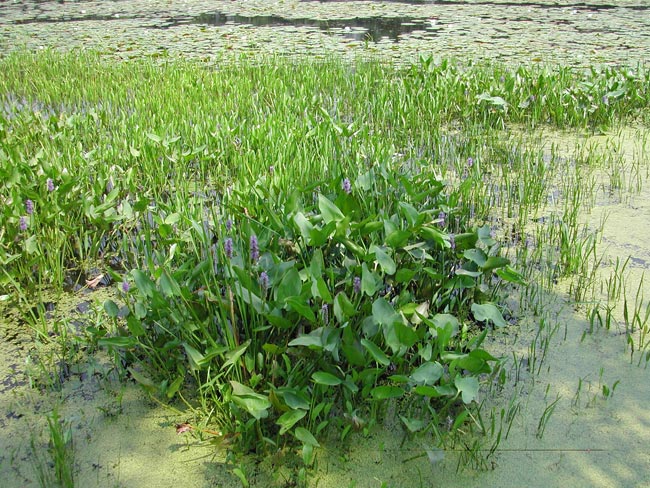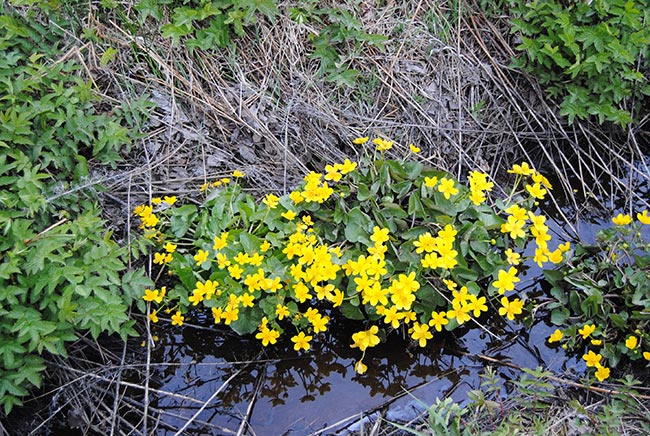Non-Tidal Wetlands
Non-tidal wetlands recharge groundwater supplies and moderate stream flow by providing water to streams. This is an especially important function during periods of drought. The presence of wetlands in a watershed helps to reduce damage caused by floods by slowing and storing flood water.


Non-tidal wetlands are protected by law. Wetlands can impact your appraised value and alter your development plans. Evaluate for non-tidal wetlands before acquiring a property.
As water moves slowly through a wetland, sediment and other pollutants settle to the substrate, or floor of the wetland. Wetland vegetation and microorganisms also use excess nutrients for growth that can otherwise pollute surface water such as nitrogen and phosphorus from fertilizer. This wetland type is very important to preserving the quality of surface waters.
However, if the wetlands are disturbed, poisoned or introduced to too much contamination they cease to function properly. Not only does this endanger the health of the ecosystem but also the health of the humans living nearby. The waters that become too polluted for the wetlands to handle recharge the groundwater and contaminate it. That groundwater can then spread and be consumed by a large number of people and animals causing further harm.